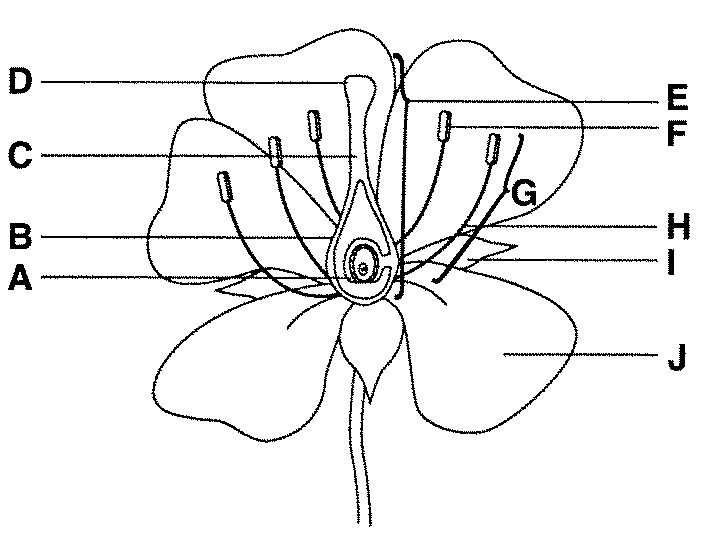43+ Most Flower Diagram Labeled Carpel
43+ Most Flower Diagram Labeled Carpel. Each pistil may consist of one or more carpels. The term angiosperm is derived from the greek words angeion ('container, vessel') and sperma ('seed'), and refers to those plants that produce their seeds enclosed within a fruit.they are the most diverse group of land plants with 64 orders,.

Sepals are green and cover the flower in the bud condition. The basic unit of the pistil is known as the carpel. By which insects are attracted to the opened flower.
When They Are Free The Gynoecium Is Said To Be Apocarpous.
Female flower parts the female part of the flower is called the pistil. Asked mar 31, 2019 in biology by farrah ( 69.5k points) how do organisms reproduce Dicot flowers have flower parts that occur in fours and fives or their multiples.
The Latter Bears Four Types Of Structures— Sepals, Petals, Stamens And Carpels.
This will fertilize the flower. They are protective in nature. Sepals and petals are sterile floral leaves.
Pollination, Pistil, Stamen, Flower, And Petal.
F l o w e r. Flower is defined as a highly modified shoot meant for sexual reproduction in plants pedicel thalamus floral whorls. It is located in the center of the flower surrounded by the petals, sepals and stamens.
This Tube Enters The Ovary.
Botanically, a flower is considered to be complete flower if it contains the four main parts of a flower: By which insects are attracted to the opened flower. The unit of gynoecium is called the carpel.
The Number Of Petals In Monocot Flowers Usually Is Either Three Or Six.
The origin of the carpel and its subsequent morphological modifications were probably of vital importance to the evolution of the angiosperms, and the carpel is also very important as the precursor organ to the fruit. The stigma is a sticky tissue at the end of the pistil that is receptive to pollen. The number of stamens in a flower is typically a multiple of the number of perianth members in a single whorl.